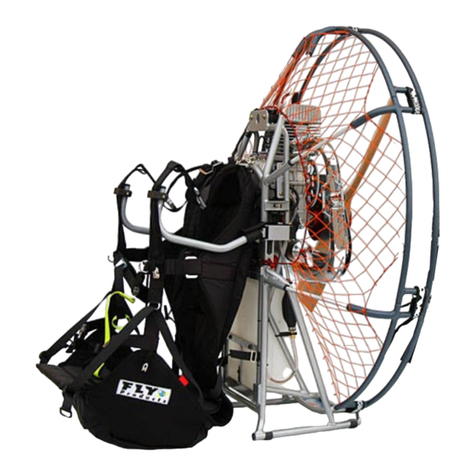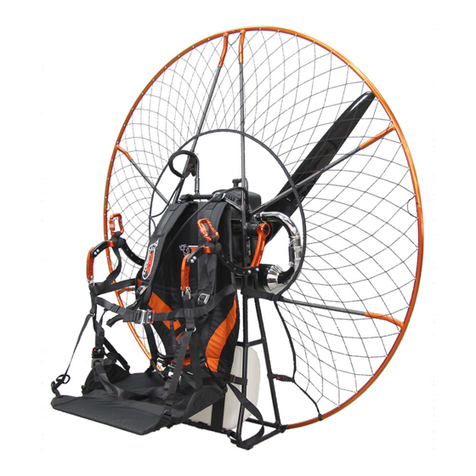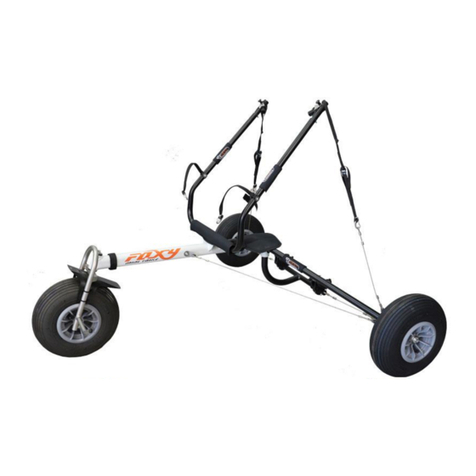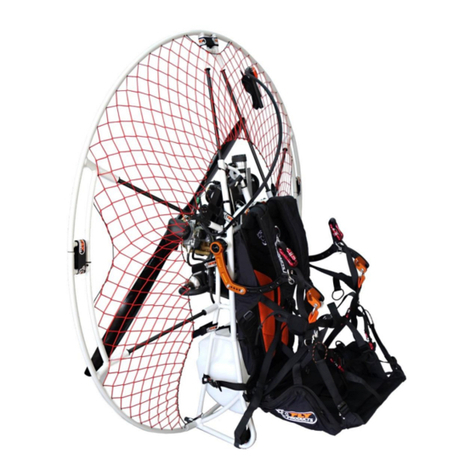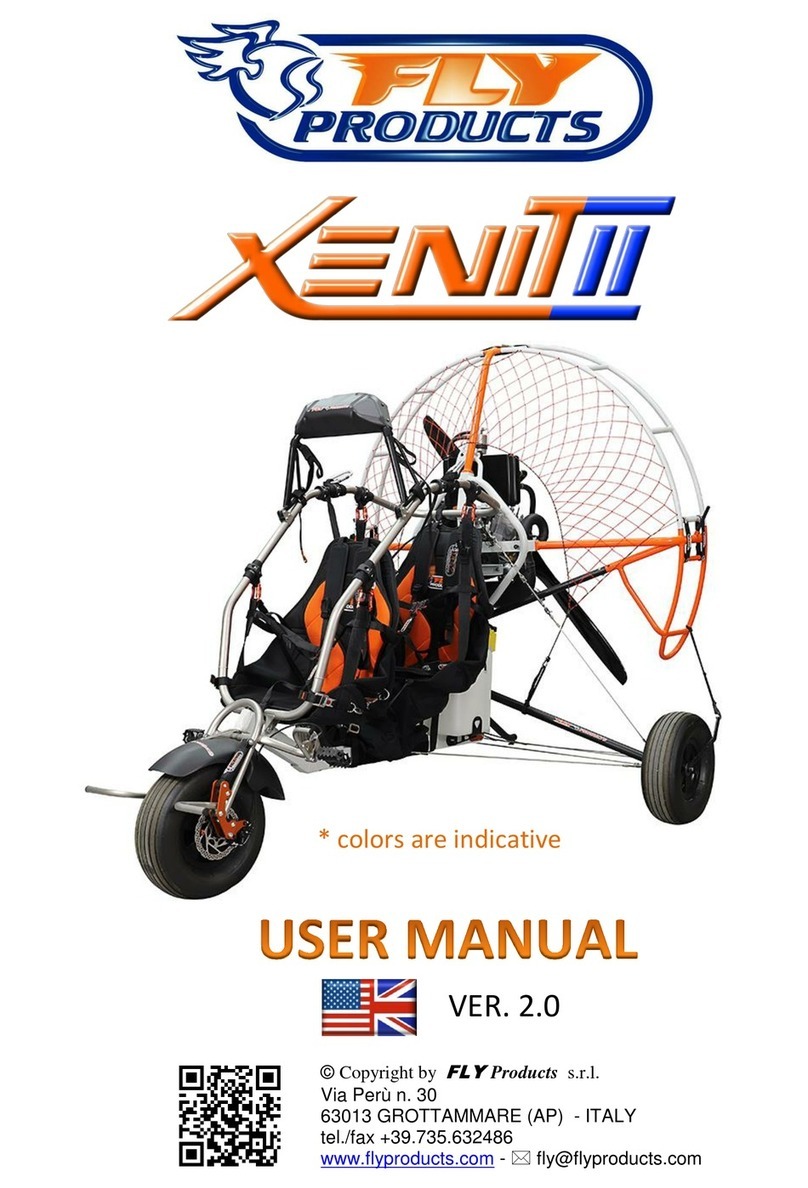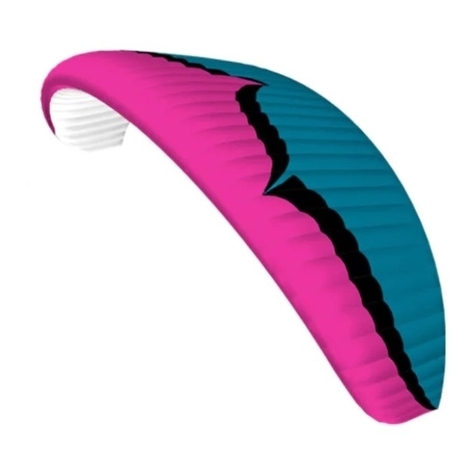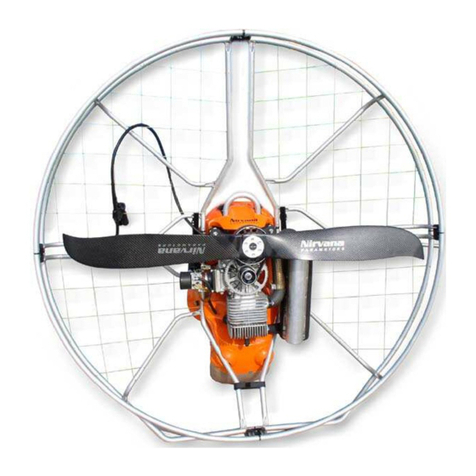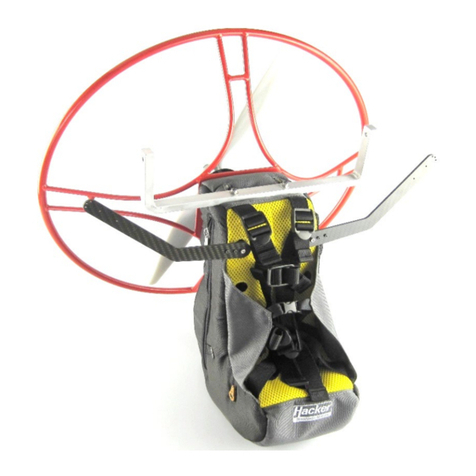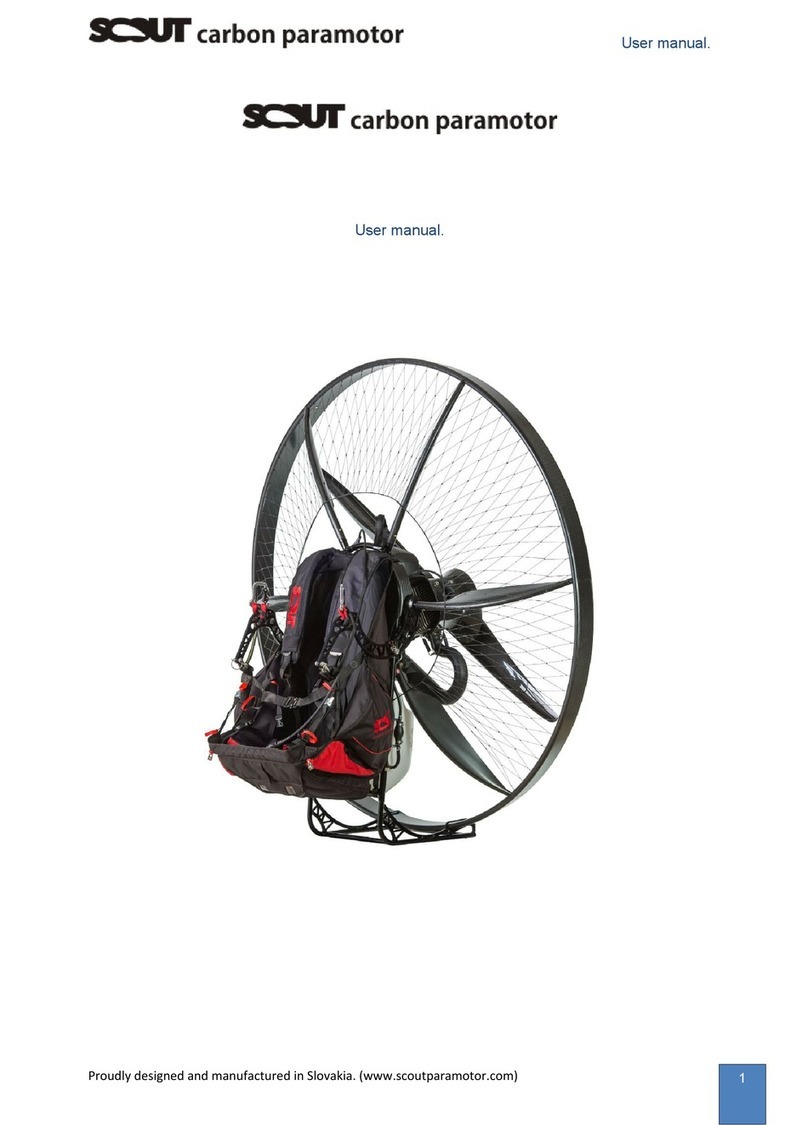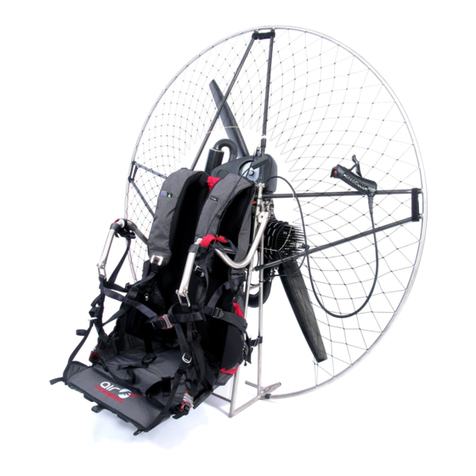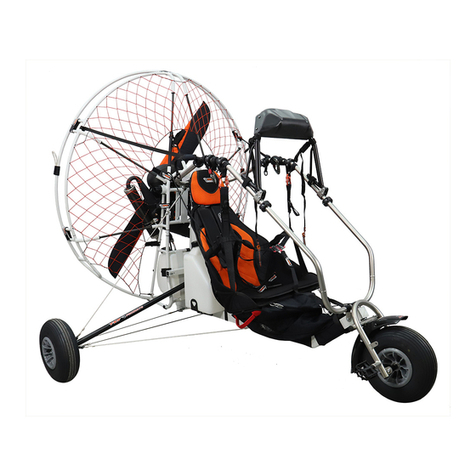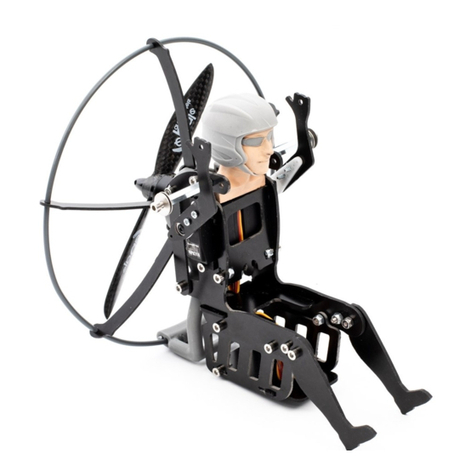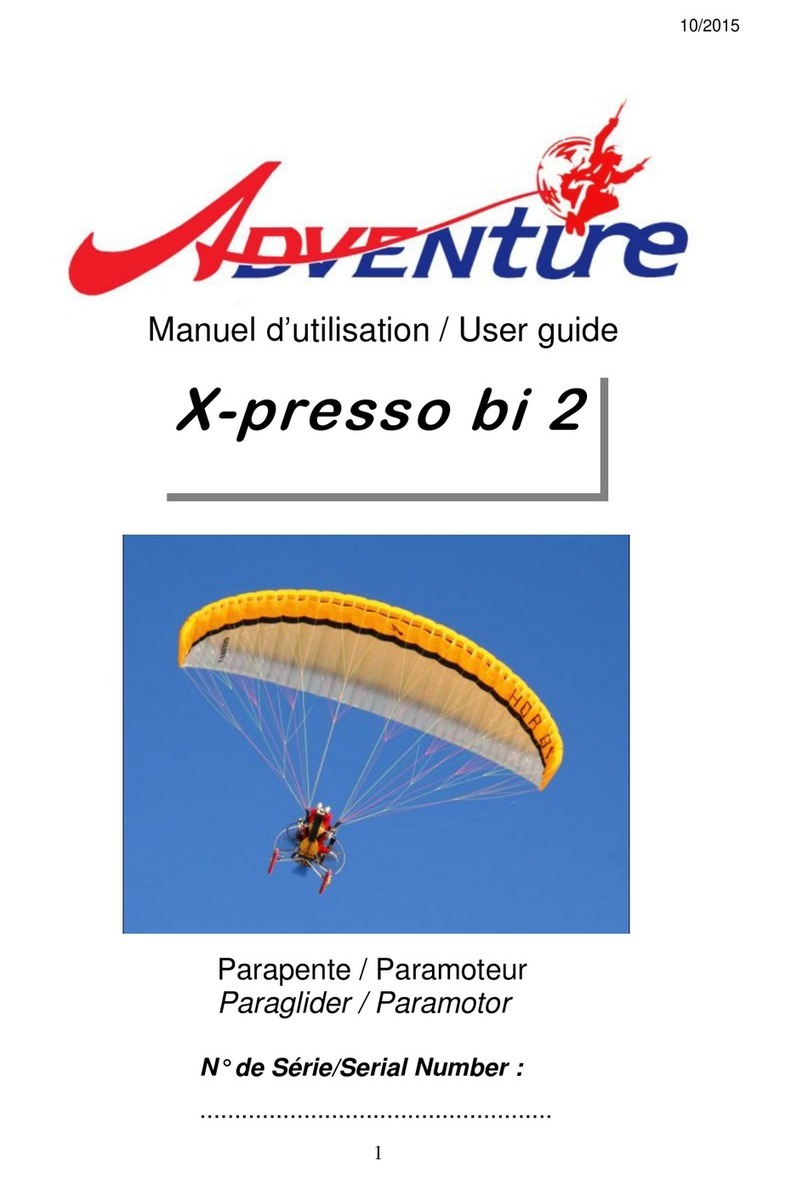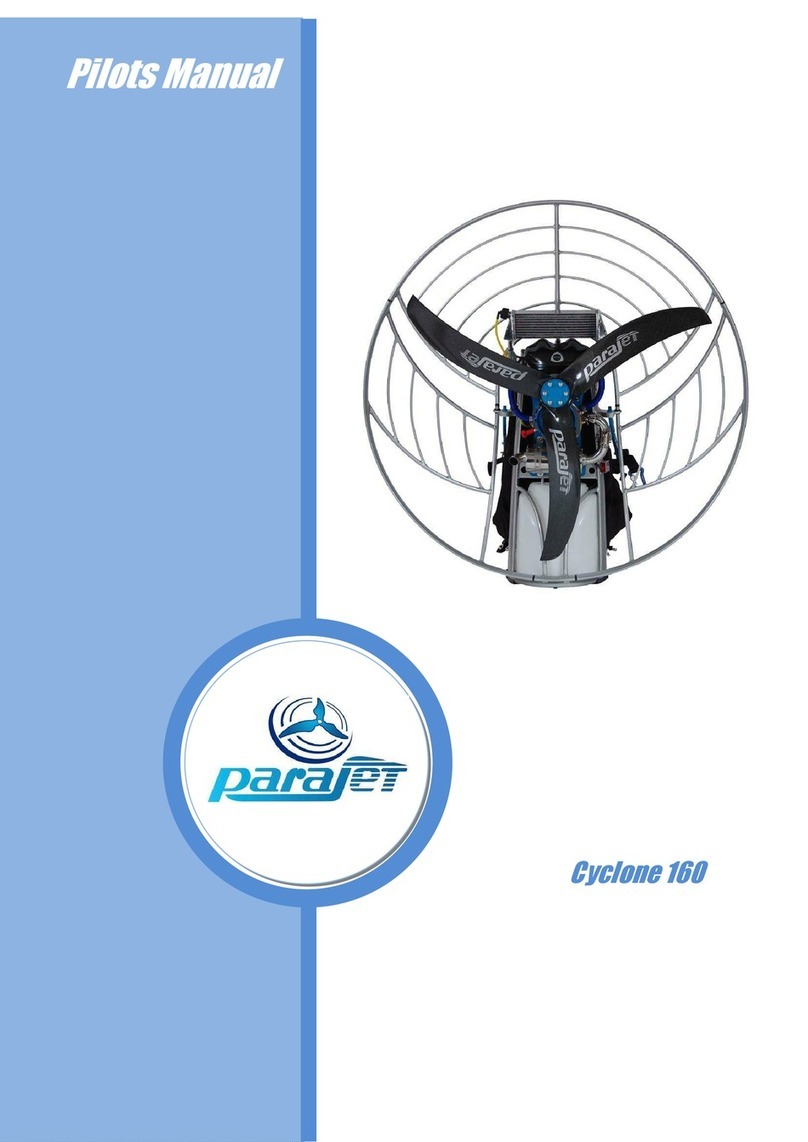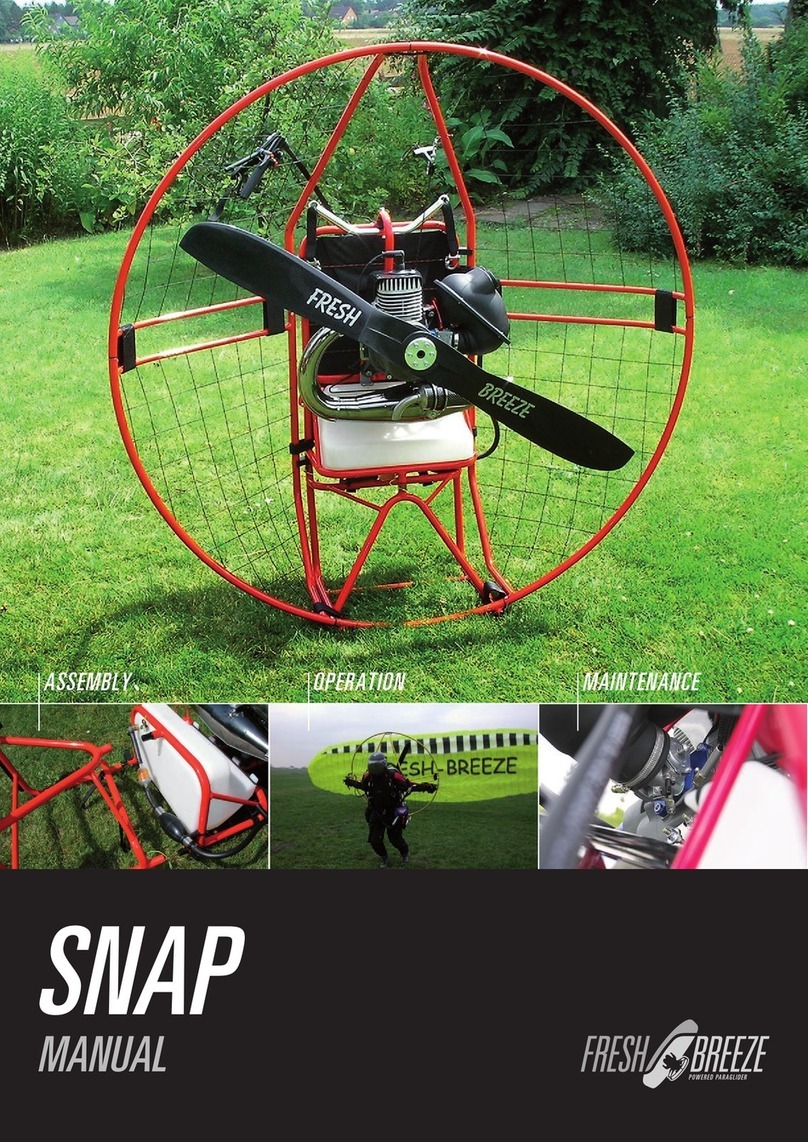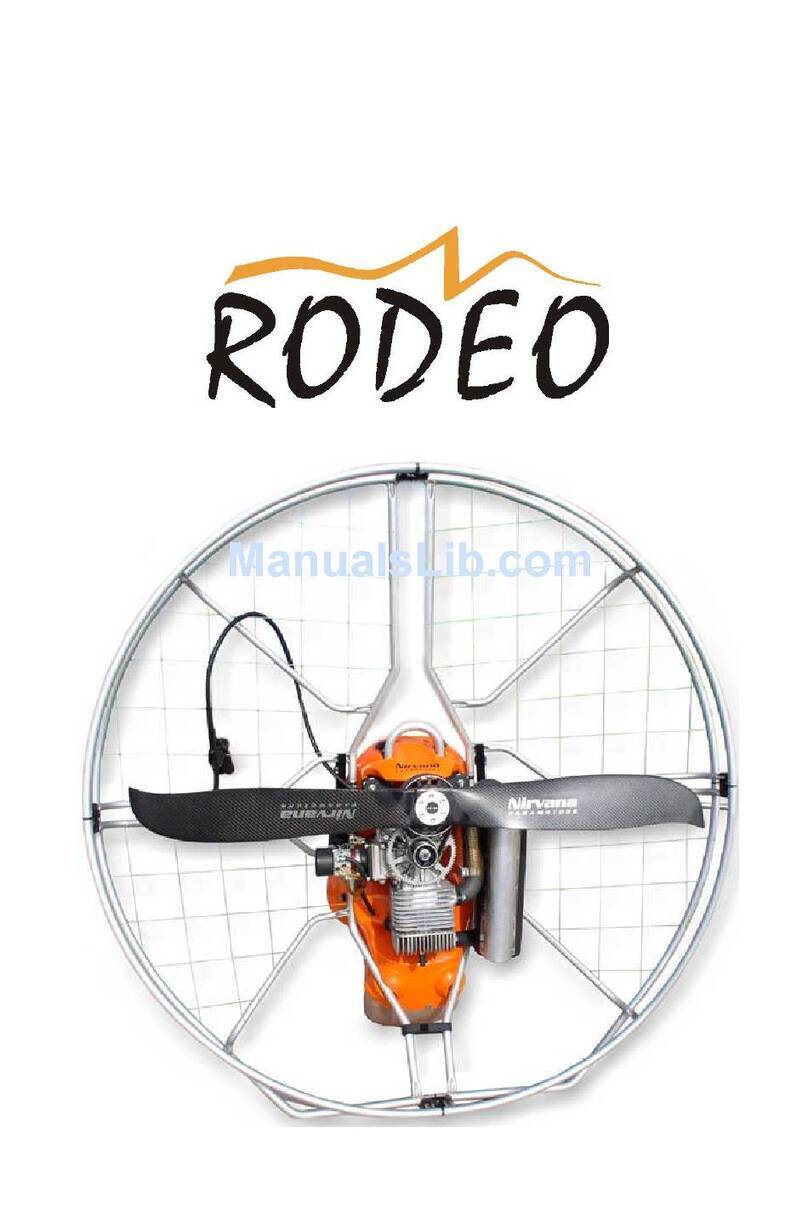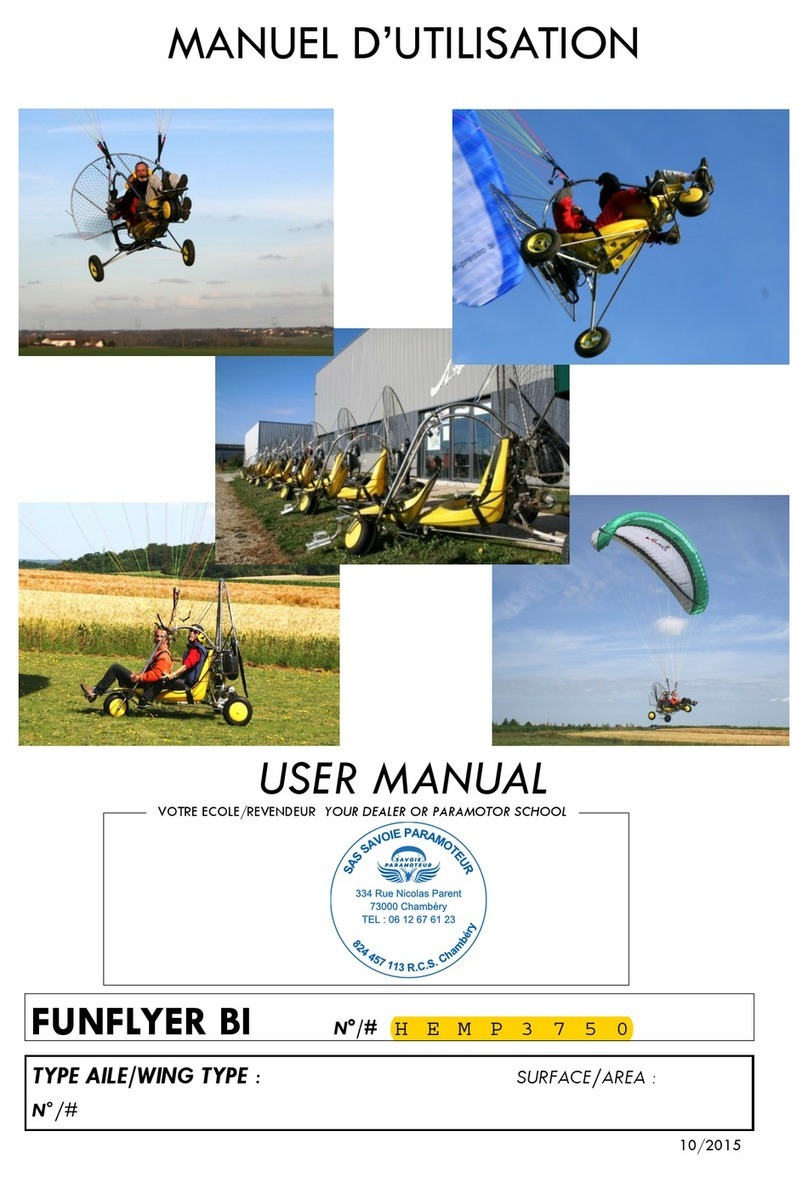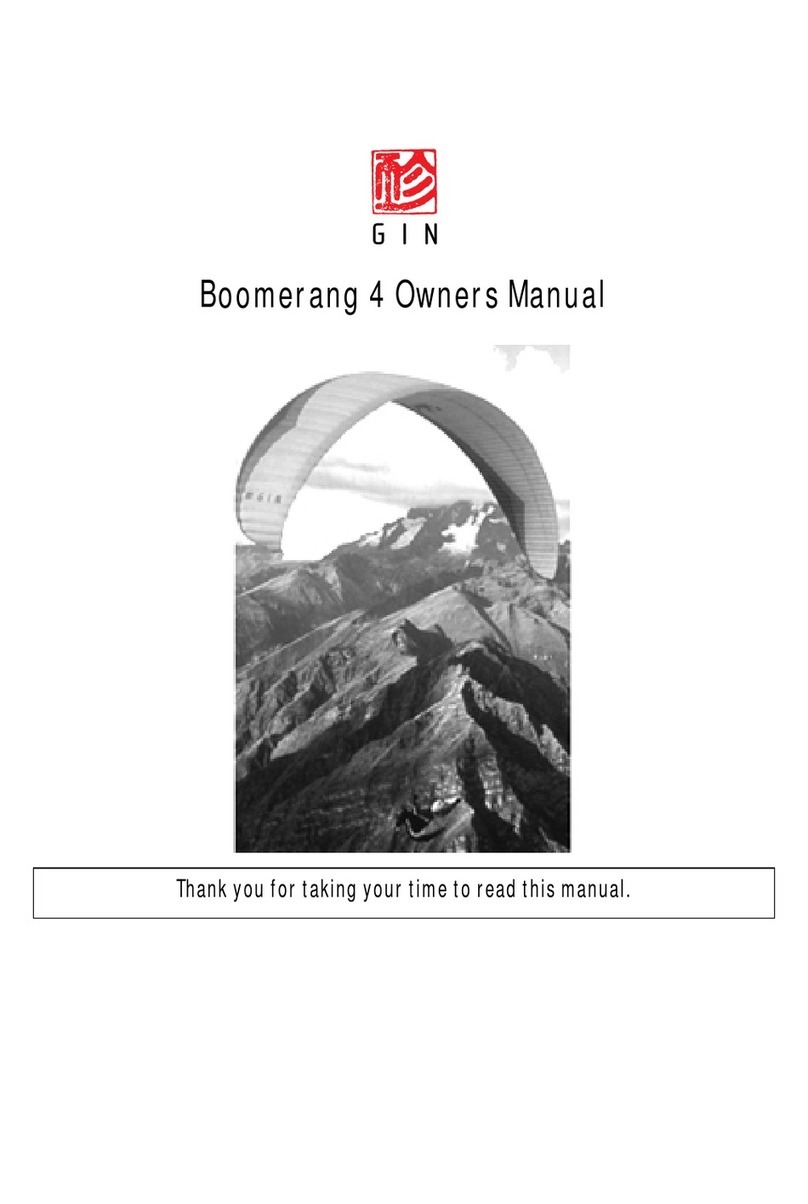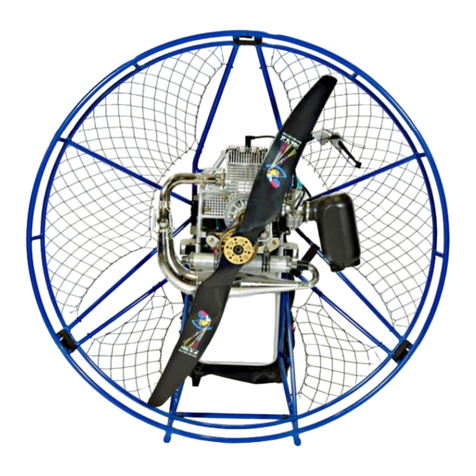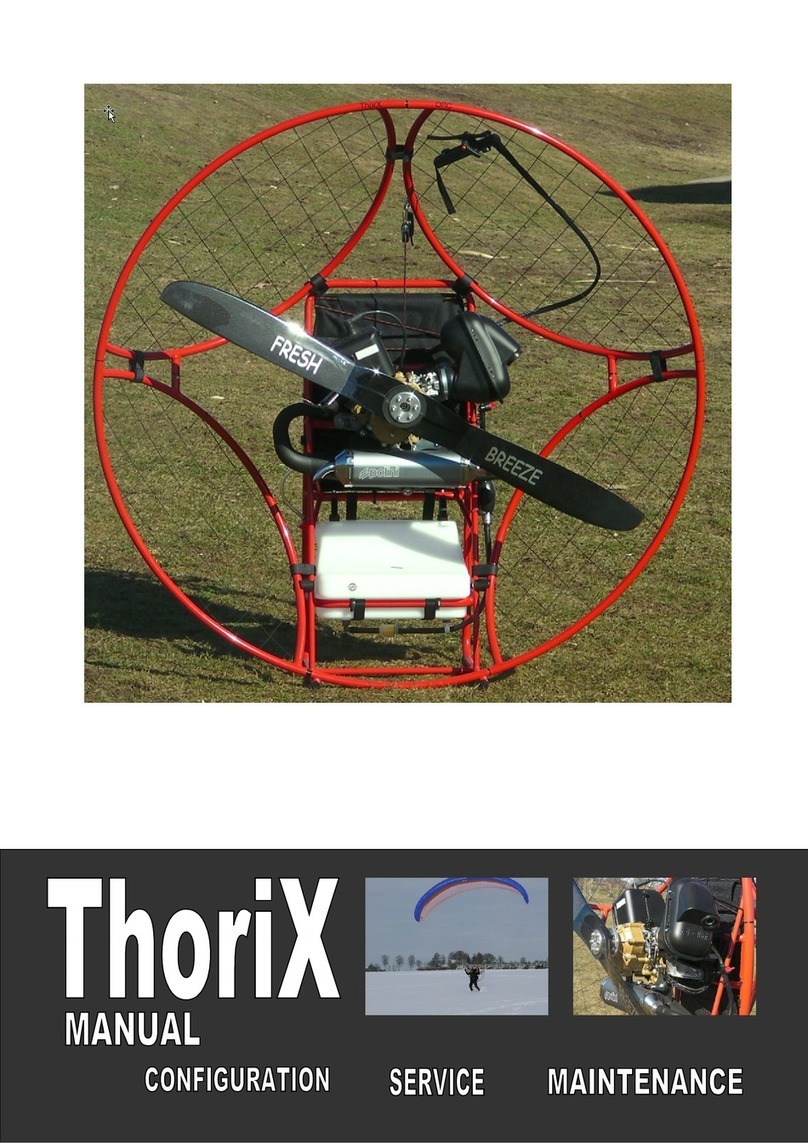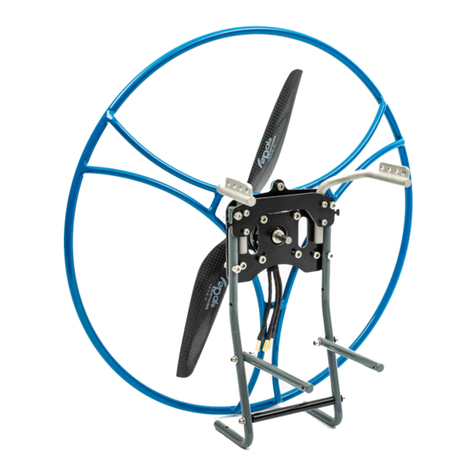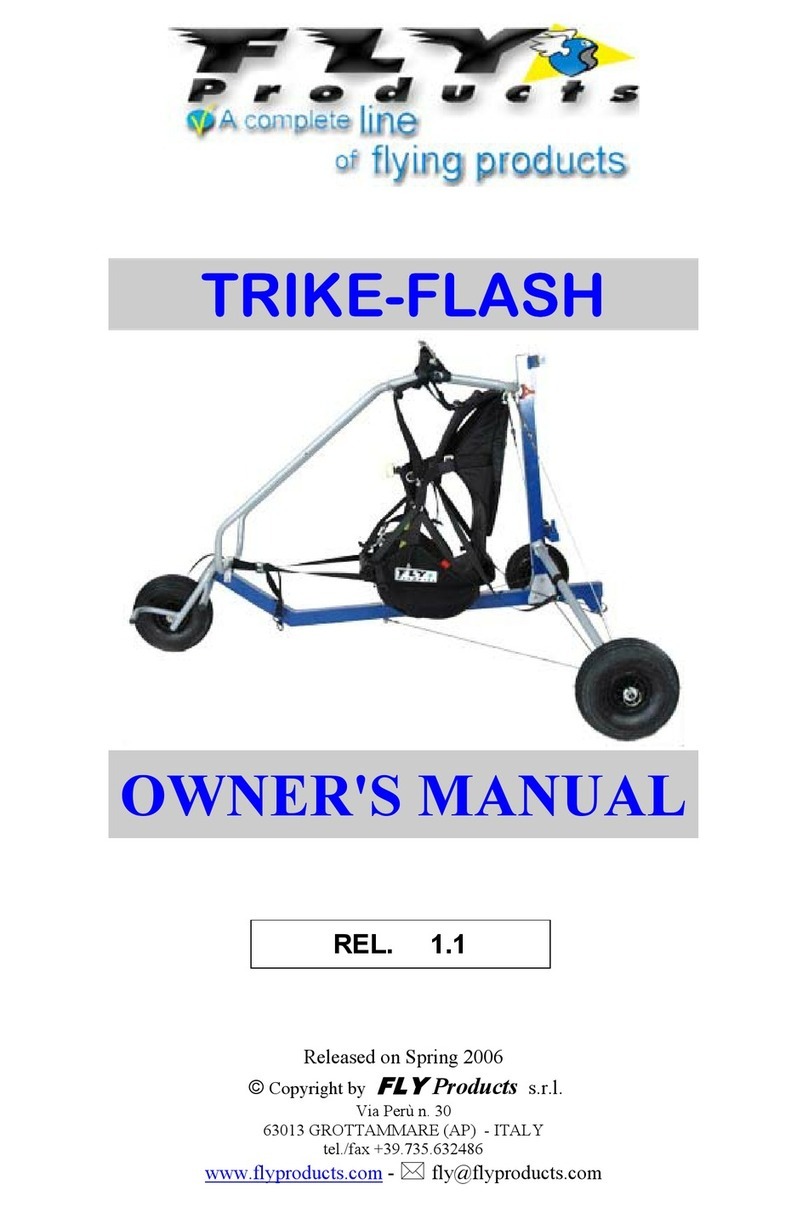OWNER'S MANUAL POWER JET Rev. 1.0
©Copyright by FLY Products s.r.l. Page 2
INDEX
1.0 - FLY PRODUCTS WORLD..................................................................................................................................................3
1.1 Safety First!....................................................................................................................................................................3
1.2 Notation Used.................................................................................................................................................................3
1.3 Congratulations on Your New POWER JET!..................................................................................................................4
1.4 POWER JET Features ...................................................................................................................................................4
2.0 - UNPACKING AND ASSEMBLING YOUR POWER JET.....................................................................................................6
2.1 Package Contents..........................................................................................................................................................6
2.2 Frame Assembly.............................................................................................................................................................6
For correct assembly proceed in the following order: ........................................................................................................7
2.3 Harness Mounting ..........................................................................................................................................................9
2.4 Prop Mounting..............................................................................................................................................................11
2.5 Spark Plug...................................................................................................................................................................12
2.6 Assembly Inspection.....................................................................................................................................................12
3.0 - PREPARING FOR YOUR FIRST FLIGHT........................................................................................................................12
3.1 Fuel and Oil..................................................................................................................................................................12
3.2 Before Starting the Engine ...........................................................................................................................................13
3.3 Starting and Stopping Engine.......................................................................................................................................13
3.3.1 Stopping the Engine .............................................................................................................................................13
3.3.2 Starting the Engine...............................................................................................................................................14
3.3.3 Choking the engine...............................................................................................................................................15
3.4 Carburetor Adjusting.....................................................................................................................................................16
3.5 Engine Break-In............................................................................................................................................................17
3.6 Harness Adjustment.....................................................................................................................................................17
3.6.1 Ground Handling Straps.......................................................................................................................................18
3.6.2 Flight Straps..........................................................................................................................................................19
3.6.3 Hang-test in a Simulator.......................................................................................................................................20
4.0 - FLYING YOUR POWER JET............................................................................................................................................21
4.1 Preflight Inspection..................................................................................................................................................21
4.2 In-flight Starting ............................................................................................................................................................21
5.0 - OPTIONAL ACCESSORIES.............................................................................................................................................22
5.1 Tool Kit.........................................................................................................................................................................22
5.2 Reserve Parachute.......................................................................................................................................................22
5.3 Speed Bar ....................................................................................................................................................................22
5.4 Fuel Viewing Mirror........................................................................................................................................................23
6.0 - PACKING YOUR POWER JET FOR TRAVEL.................................................................................................................23
6.1 Disassembling for local travel.......................................................................................................................................23
6.1.1 Disassembling the Prop Cage ..............................................................................................................................23
6.2 Disassembling and packing for long-distance travel.....................................................................................................23
6.2.1 Fuel Tank drain.....................................................................................................................................................24
6.2.2 Draining All Fuel ...................................................................................................................................................24
6.2.3 Removing The Harness........................................................................................................................................24
6.2.4 Cage Disassembly................................................................................................................................................24
7.0 - MAINTENANCE................................................................................................................................................................25
7.1 Cleaning.......................................................................................................................................................................25
7.2 Prop Care.....................................................................................................................................................................26
7.4 Repairs.........................................................................................................................................................................26
7.5 Carburetor Maintenance...............................................................................................................................................27
7.6 Long Term Storage.......................................................................................................................................................27
8.0 - TROUBLESHOOTING......................................................................................................................................................28
8.1 Diagnosing and starting a flooded engine ....................................................................................................................28
8.2 Troubleshooting Chart..................................................................................................................................................29
9.0 - SPECIFICATIONS AND PERFORMANCE.......................................................................................................................30
9.1 Specification and Performance Summary Chart...........................................................................................................30
10.0 - MISCELLANEOUS..........................................................................................................................................................32
10.1 Obtaining Repair Parts...............................................................................................................................................32
10.4 Pre-Flight Checklist Examples....................................................................................................................................32
10.5 Pre-Flight Checklist Example 1 ..................................................................................................................................33
10.6 Pre-Flight Checklist Example 2 ..................................................................................................................................34

